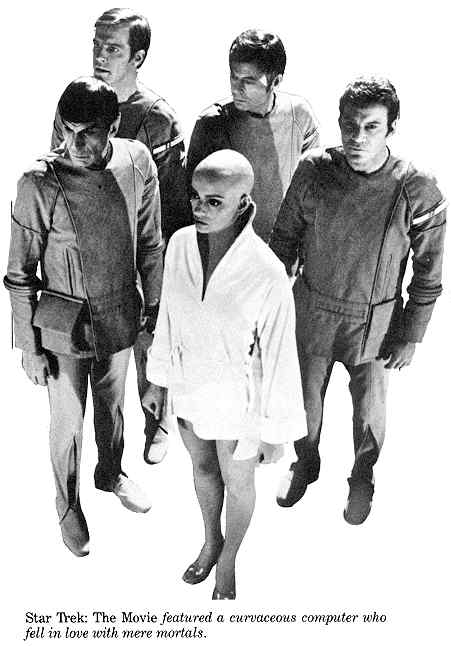
Posted on 05/27/2005 9:16:42 PM PDT by Arkie2
Somewhere, up in the night sky, two dots of extremely dim illumination move ever so slowly across the fixed background of stars. Both are so faint even the most powerful telescopes cannot detect them. Both also are unique, because of all the billions and billions of objects shining through the deep black of space, these two were built by human hands.
They are Voyager 1 and Voyager 2, probes sent by NASA on a tour of the outer planets beginning in 1977, now passing 10,000 days of continuous operation. Long since breaching the orbit of Pluto, the twin spacecraft are hurtling on separate trajectories out toward the last reaches of the solar system and into the gap between the stars -- going literally where no one has gone before.
"Voyager 1 has entered the final lap on its race to the edge of interstellar space," said Edward Stone, a Voyager project scientist at the California Institute of Technology in Pasadena. Caltech manages NASA's Jet Propulsion Laboratory, which built and continues to operate both probes, these many years after launch.
During the first 12 years of their missions, the Voyagers brought humanity its first close-up look at the gas giants of the solar system, with each discovery leaving ground observers breathless. In 1979, the Voyagers provided the first detailed images of Jupiter's bands, including a time-lapse movie of both the bands and the planet's famous Great Red Spot in motion during the approach.
Voyager 1 discovered the first active volcanoes on another world, on Jupiter's red moon, Io, and even snapped a photo of one in mid-eruption -- something dazzling enough to be featured simultaneously on the covers of National Geographic, Smithsonian, and a host of other publications.
The following year, when the spacecraft reached Saturn, they startled the planetary science community by discovering that the planet's rings were both braided and spoked -- and managed by a pair of "shepherd" moons.
Voyager 1 actually plunged through the Cassini Gap in Saturn's rings and headed out of the solar system from there, while Voyager 2 headed toward a 1986 rendezvous with Uranus. There, it passed by the giant's cloudtops and discovered 10 new moons. In 1989, Voyager 2 sailed past Neptune, passing by it and its large moon, Triton, then down and away out of the solar system.
Two years later, Voyager 1 took one of the most amazing photographs in history. From a billion miles away, the spacecraft located and captured an image of Earth, looking tiny and fragile against the cosmos -- a "Pale Blue Dot," as the late Carl Sagan termed it.
Now, some 8.7 billion miles out, Voyager 1 has passed through the last limits of the solar system, a zone astronomers call the termination shock region, where the solar wind -- a rapidly moving stream of electrically charged particles -- is met and slowed by the pressure of gas that sits between the stars.
Mission scientists were not sure where the termination shock ended and interstellar space began. Computing the location was difficult because changes in the speed and pressure of the solar wind cause the termination shock to expand, contract and ripple.
In December 2004, however, the Voyager 1 instrument package observed sudden increases in the strength of the magnetic field surrounding the spacecraft. Ever since, the field strength has remained high, although the instruments show fluctuations in measurements of electrically charged particles.
"Voyager's observations over the past few years show the termination shock is far more complicated than anyone thought," said Dr. Eric Christian, discipline scientist for the Sun-Solar System Connection research program at NASA headquarters in Washington.
For the next 15 years, both Voyagers are expected to continue probe the unexplored reaches of interstellar space, and mission scientists will continue to receive signals from both spacecraft -- assuming their funding holds out.
By then, scientists will have collected nearly half a century of data. Not bad for spacecraft with onboard computers boasting maybe 10k bytes each of memory.
James T. Kirk would be proud.

Disclaimer: Opinions posted on Free Republic are those of the individual posters and do not necessarily represent the opinion of Free Republic or its management. All materials posted herein are protected by copyright law and the exemption for fair use of copyrighted works.